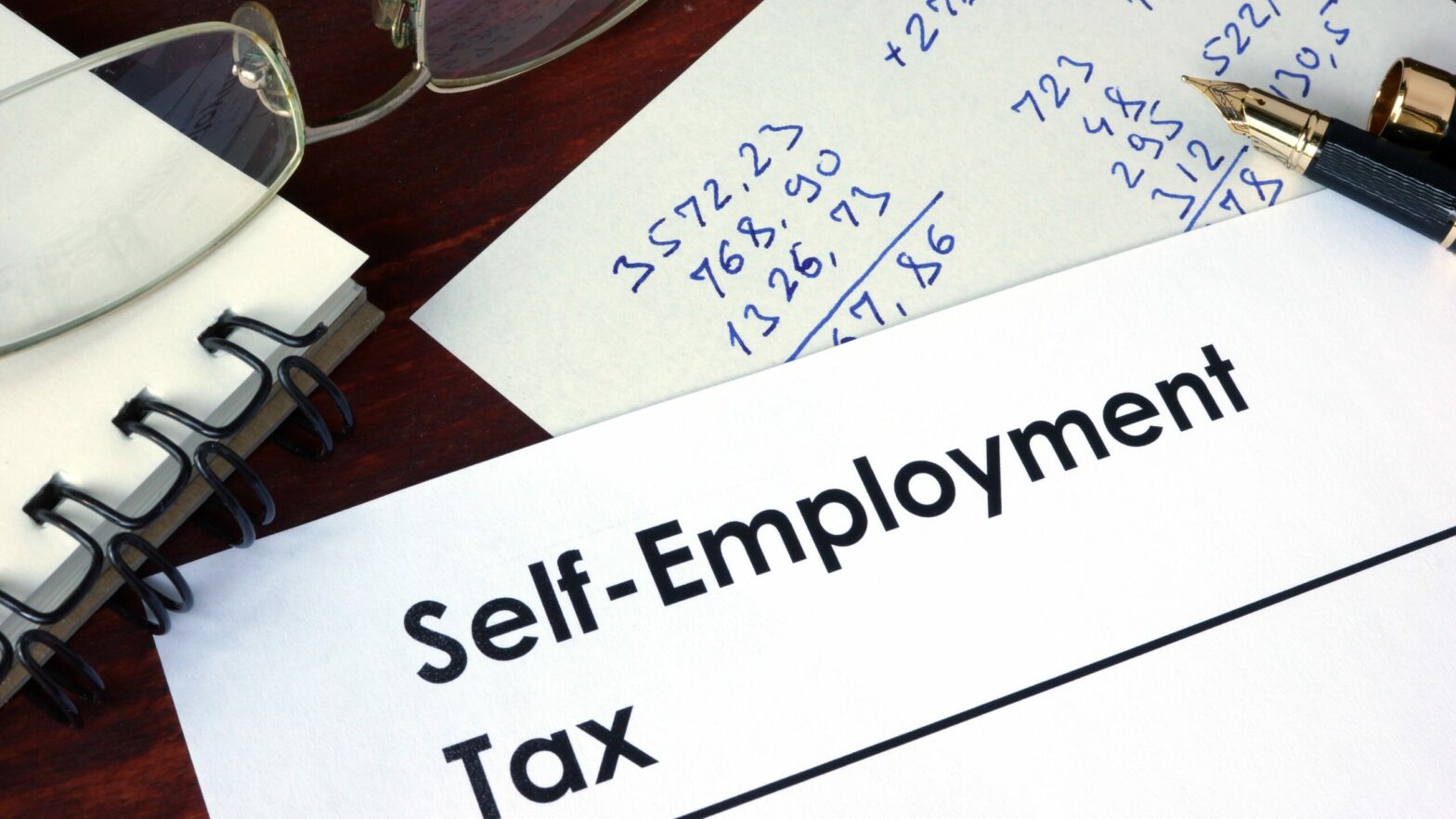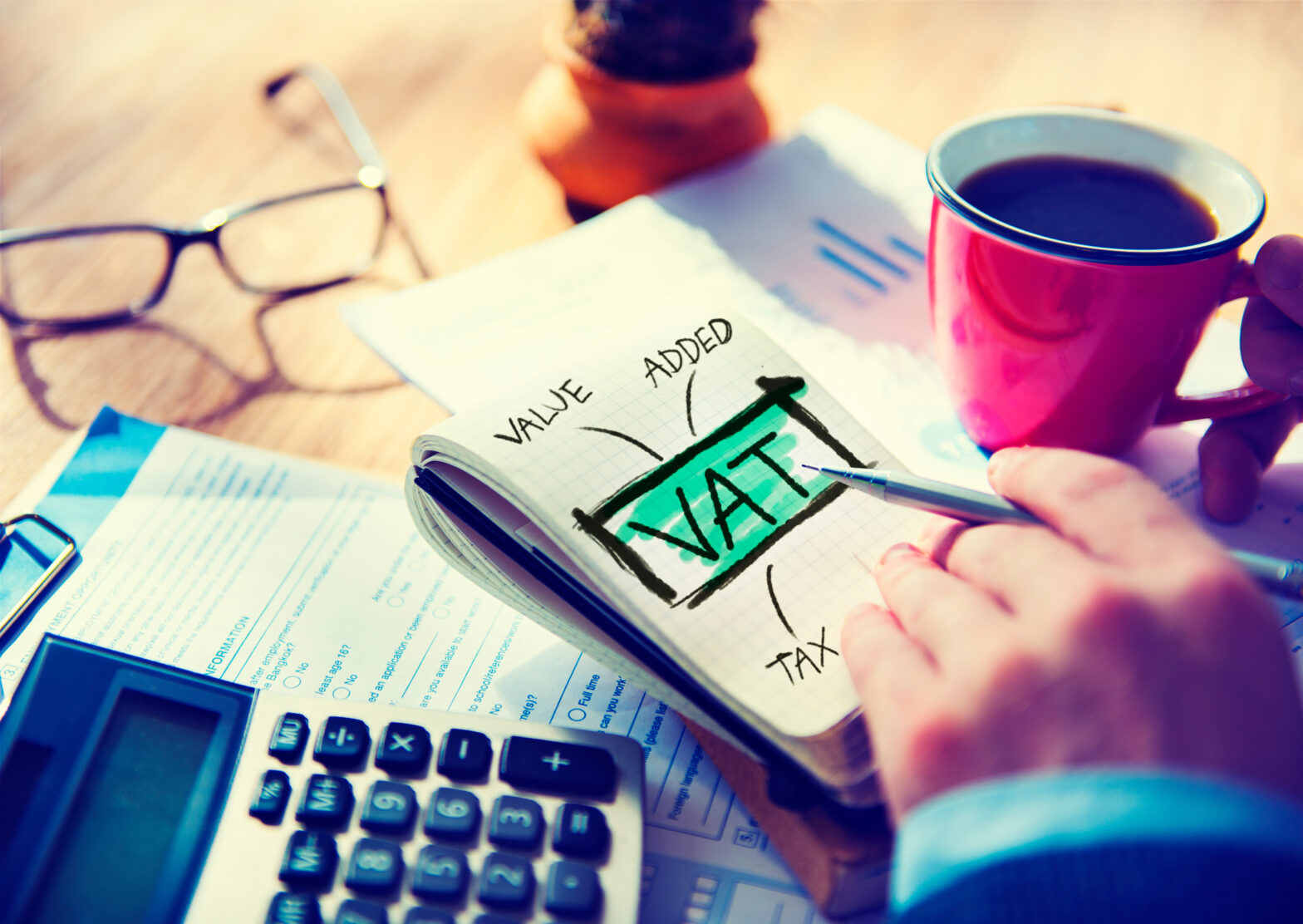If you are self-employed then this means you work for yourself, and not for an employer. A sole-trader is a self-employed person, but they are the sole owner of their business.
Within three months of becoming self-employed you need to inform HMRC so they can ensure that you do your self-assessment.
Company directors are not self-employed. Many directors are employees of their company and will be paid as employees in the normal way.
Sole trader vs limited company
Although being a sole trader avoids all the hassle of registering with Companies House and presenting annual accounts, one downside is that your personal assets are not distinguishable from your business assets. In short, your creditors could come after your house and possessions if things go wrong.
Read: How to become a sole trader
And if you are earning over £100,000 as a sole trader, you would be advised to set up a limited company; once you start earning over the £100,000 threshold your personal allowance starts to reduce, and for any earnings after £125,140, it is reduced to £0. This is as opposed to the corporation tax rate of 25 per cent.
Sole Trader Personal Allowance vs Earnings
| Earnings Bracket | Personal Allowance |
|---|---|
| £0 – £100,000 | £12,570 |
| £100,001 – £125,140 | Decreases by £1 for every £2 of income over £100,000 |
| Over £125,140 | £0 |
According to CheapAccounting.co.uk, it is actually better tax wise to register as a limited company at a much lower profit around £30,000.
Registering as a sole trader
Being a sole trader is the simplest way to run a business, and does not involve paying any registration fees, but you must register as self employed.
Keeping records and accounts is straightforward, and you get to keep all the profits.
The difference is that you are personally liable for any debts that your business runs up, which can make this a risky option for businesses that need a lot of investment.
It is easy to start up as a sole trader. You have to specifically register as a sole trader within three months of the month you started up. Separately, you have to register for VAT if you’re taxable turnover is £90,000 or more.
See also: What is the VAT threshold? – At what point does your small business have to start paying VAT? Should you voluntarily pay VAT? And what are legitimate ways to stay under the VAT threshold?
Setting up a business: sole trader vs limited company
A sole trader’s accounts:
As a sole trader and a conventional partnership, your accounts must follow accepted accounting practice to give a true and fair picture.
But the exact form of accounts is not laid down by law. In practice, this means you do not have to produce a balance sheet.
It would, however, be advisable to do so to impress your tax inspector and to help you to keep a proper check on the financial position of your business.
It is possible to do your own accounts rather than employ an accountant.
If your business is very simple, you could set up your own accounting system using a spreadsheet, but generally it is better to use an off-the-shelf software package.
And if your turnover is over £90,000 you must register with HMRC and its Making Tax Digital (MTD) online reporting system, which means using MTD-compliant software.
Employing an accountant as a sole trader:
As a sole trader, you do not have to employ an accountant if you do not want to.
However, if the cost is not too exorbitant, you are recommended to do so, as it can help in dealings with the tax inspector.
It may also help you if you need confirmation of income from your business – for example, to get a mortgage to buy a house or make contributions to some personal pensions.
Jo White, tax consultant with Kreston Reeves, says: “It’s the benefit of having somebody who does this day-to-day. Data is only as good as the person you have inputting it. It’s about having that reassurance that you’re presenting to the Revenue is correct.”
Paying tax and national insurance as a sole trader:
Sole traders are no longer required to pay Class 2 national insurance contributions, though they can continue to do so if they wish. The current rate is £3.45 per week.
In addition, you pay Class 4 contributions as a percentage of your profits. In 2024/25, Class 4 NICs are 6 per cent of profits between £12,570 and £50,270 and an additional contribution of 2 per cent of profits above the upper profit limit.
The business of a sole trader does not have a separate identity from the individual concerned.
So your profits are added to any other taxable income you have and subject to income tax if the total comes to more than your personal allowance.
Income Tax Rates (all income over your personal allowance)
| Tax Bands | Tax Rate |
|---|---|
| £0 – £5,000 | £0 |
| £5,001 – £37,700 | 20% (Basic Rate) |
| £37,701 – £125,140 | 40% (Higher Rate) |
| £125,141+ | 45% (Additional Rate) |
N.B. – These are the Income Tax rates for England, Wales and N. Ireland. Scotland has a separate, six-step tax band regime.
UK Sole Trader and Self-employed statistics
As of 2020, there were an estimated 5.6m private sector businesses in the UK, with 4.1m of them having no employees. Of that 4.1m total, 3.1m were what the government calls ‘sole proprietorships’ (making up 56 per cent of the total), with the rest of the total made up of ‘companies’ (2.1m businesses) and ‘ordinary partnerships’ (365,000).
While most ‘sole proprietorships’ are single person operations, a small percentage do have employees. Most (2.9m) sole proprietorships do not have employees.
So if you’re thinking of going it alone, you’ve got lots of company, so to speak.
SMEs accounted for 61 per cent of employment and 53 per cent of turnover at the start of 2023. Below is the number of private sector businesses in 2010 vs 2023. Bear in mind that this has been a tough decade for small businesses due to Covid-19 and the cost-of-doing-business crisis, so the increase may not be as stark as, say, 2010 and 2019.
UK Private Sector Businesses – Total vs Non-employers vs Micro businesses
| 2010 | 2023 | % change | |
|---|---|---|---|
| Total No. of Private Sector Businesses | 4,483,000 | 5,555,000 | +24% |
| Non-employers | 3,259,000 | 4,110,000 | +26% |
| Micro businesses (1-9 employees) | 1,015,000 | 1,177,000 | +16% |
Further reading
Moving on up: A growth strategy for sole traders and SMEs – Here, we look at how to manage a growth plan in your small company
6 examples of sole traders – What jobs are best if you want to go self-employed? We look at what it takes to become a personal trainer, a gardener, a hairdresser, a private chef, a photographer or a dog walker
Hiring an accountant: a small business guide – Julie Corkish, ICAEW’s head of practice, explains what small business owners should consider when hiring an accountant





